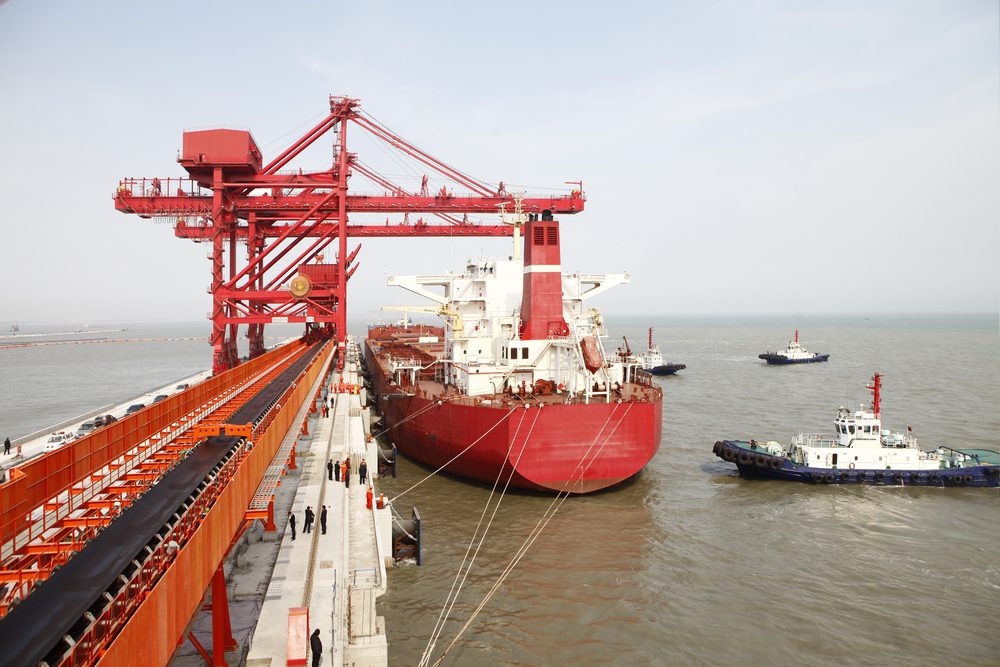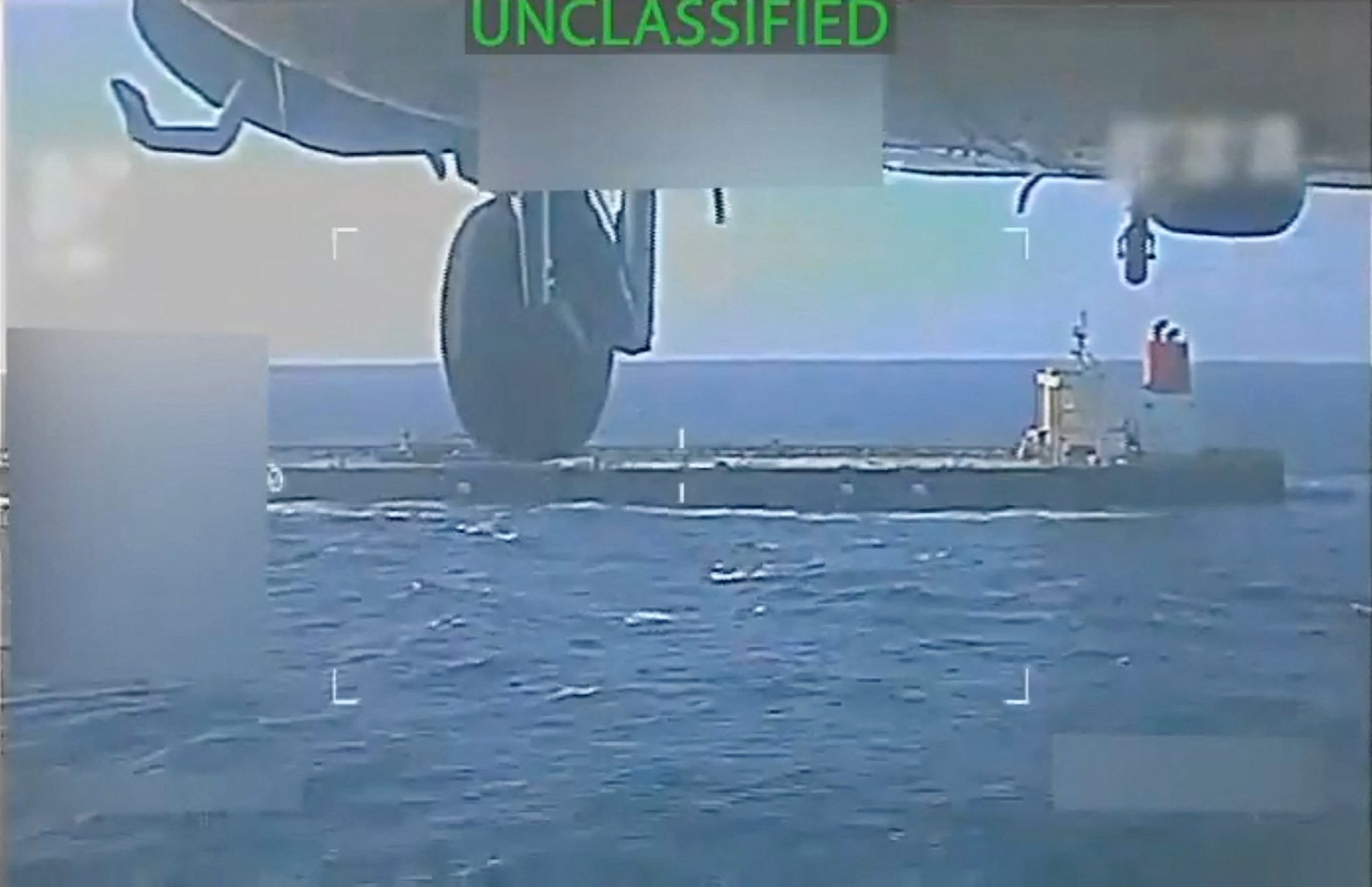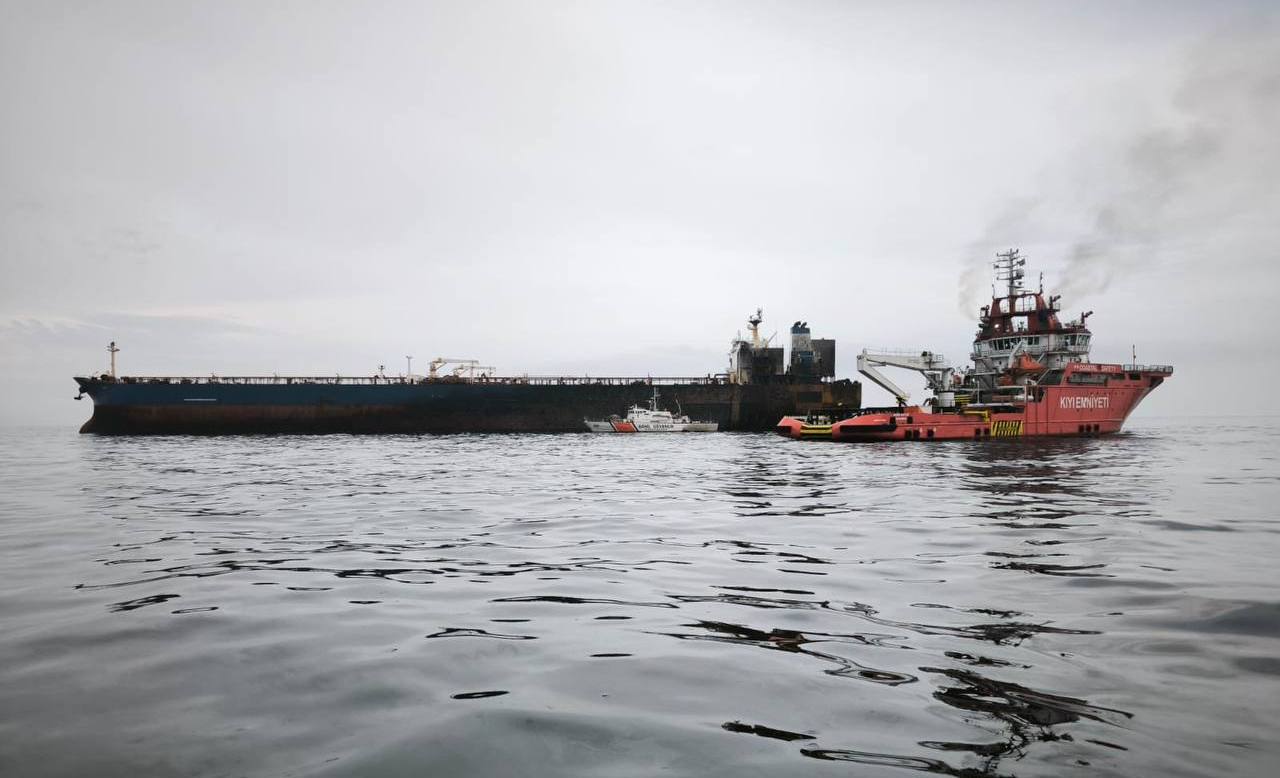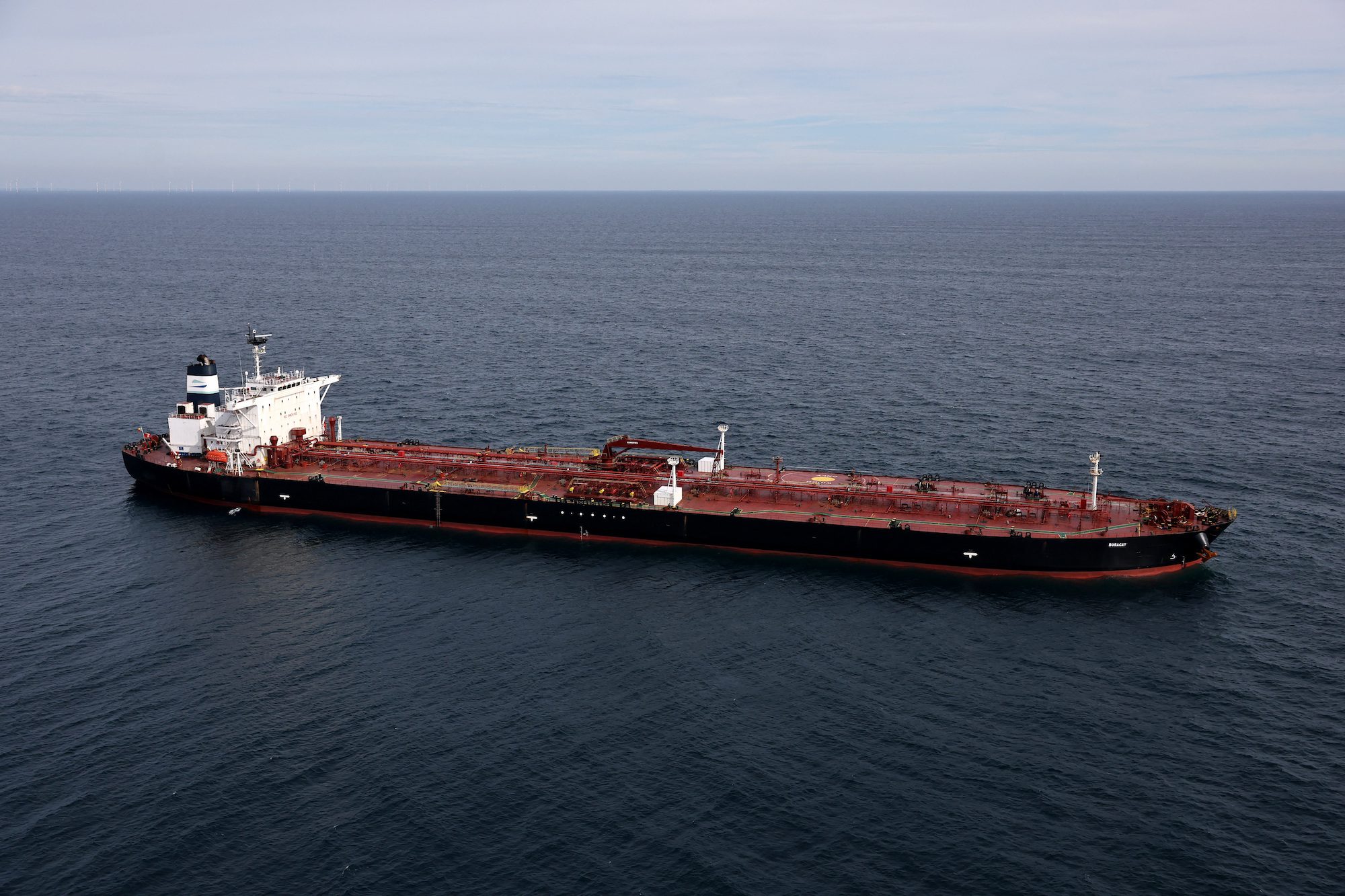Photo: Shutterstock/tcly
By Jasmine Ng
(Bloomberg) — Iron ore will probably extend losses next year as global supplies increase and steel production in China shrinks further, according to the Australian government, which predicts prices will recover from 2017.
The raw material will average $51.20 a metric ton next year compared with a June estimate of $52.10, the Department of Industry & Science said in a quarterly outlook Wednesday. Iron ore will average $52.90 a ton this year from $54.40 forecast in June, the department said. Prices will recover to $60.40 in 2017 and rise every year through 2020 to $75.30 , it said.
Iron ore, the country’s biggest export earner, lost 21 percent this year as BHP Billiton Ltd. and Rio Tinto Group invested billions of dollars to boost production, betting on sustained demand growth from China even as economic expansion in the world’s biggest buyer slowed. New supply from Gina Rinehart’s Roy Hill mine will contribute to a slump below $40 next year, according to Citigroup Inc., which said lower steel output in China would also hurt the raw material.
“China’s steel production is forecast to contract further in 2016 while an additional 42 million tons of iron ore is forecast to be delivered to the seaborne market,” the department wrote. “A net increase in the supply of iron ore is expected to keep downward pressure on prices in the seaborne market in the short term.”
Price projections by the department refer to spot ore with 62 percent content free-on-board Australia. The commodity delivered to Qingdao in China fell 1.4 percent to $56.05 a dry ton on Tuesday, according to Metal Bulletin Ltd. It sank to $44.59 on July 8, a record low for daily price data dating back to May 2009.
Iron ore will advance in 2017 as demand growth accelerates and the increase in supply slows, according to the department. Projected growth in world steel output will boost consumption of iron ore, while industry consolidation is projected to remove some of the excess supply capacity, the department said.
©2015 Bloomberg News

 Join The Club
Join The Club











